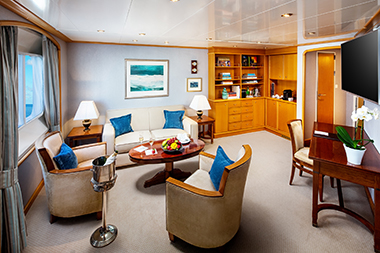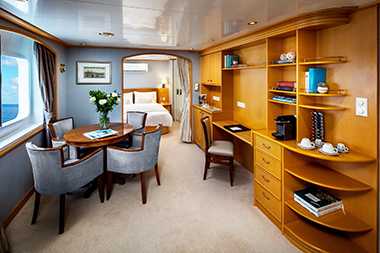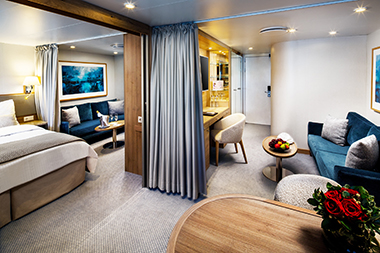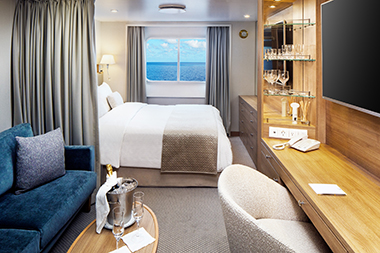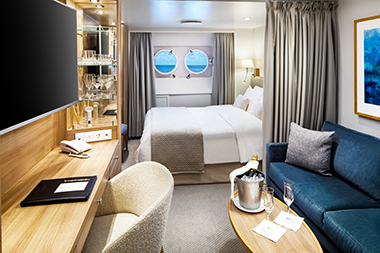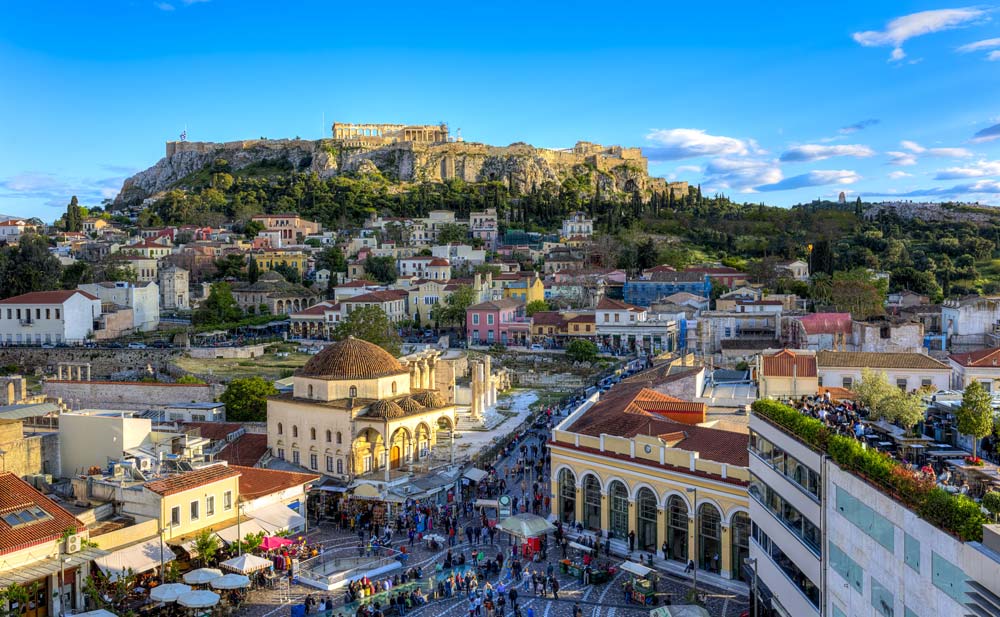
Piraeus, roughly translating to “the place over the passage”, is an important Greek port located within the Athens agglomeration, in the Attica Basin. It is 12 kilometers from the municipality of Athens, considered the fourth largest and is the third most populous amongst all the municipalities of Greece. Now a peninsula, Piraeus, originally a rocky island, was developed in early 5th Century B.C. when it was initially designated as Athens’ import and transit trade port. It is the largest marine-based shipping center of Greece, one of the largest ports in Europe, and considered the second largest passenger port in the world. Inhabited since the 26th Century, it wasn’t until the 6th Century B.C. that Piraeus began catching attention. The land of Piraeus was essentially impassable, flooded by the sea most of the year until centuries passed and the flooding ceased. By the 5th Century B.C. it became a navy base for the Athenian fleet for the natural harbors and the strategic potential they carried. Athenian general and politician Themistocles fortified Piraeus’ three harbors Kantharos, Zea and Munichia, created ship houses and completed his walls in 471 B.C., which led to the port becoming a great military and commercial harbor. There are many archaeological sites, points of interest and entertainment available in Piraeus. Most famous for its tavernas and cuisine, several popular events take place in Piraeus, such as the Ecocinema International Film Festival, the Maritime Festival, the Piraeus Rock Wave Festival and the Three Kings’ Way Festival. There are also many theaters, including the Municipal Theater, the open air Veakeio Theater, and the Menandreio Theater. Museums in Piraeus include the Archaeological Museum of Piraeus, the Merchant Shipping History Institute Exhibition, the Panos Aravantinos Decor Museum, the Georgios Averof Museum Ship and the Museum of Electric Railways. Be sure to catch the panoramic views available from the hill of Kastella, overlooking Athens and the Saronic Gulf!
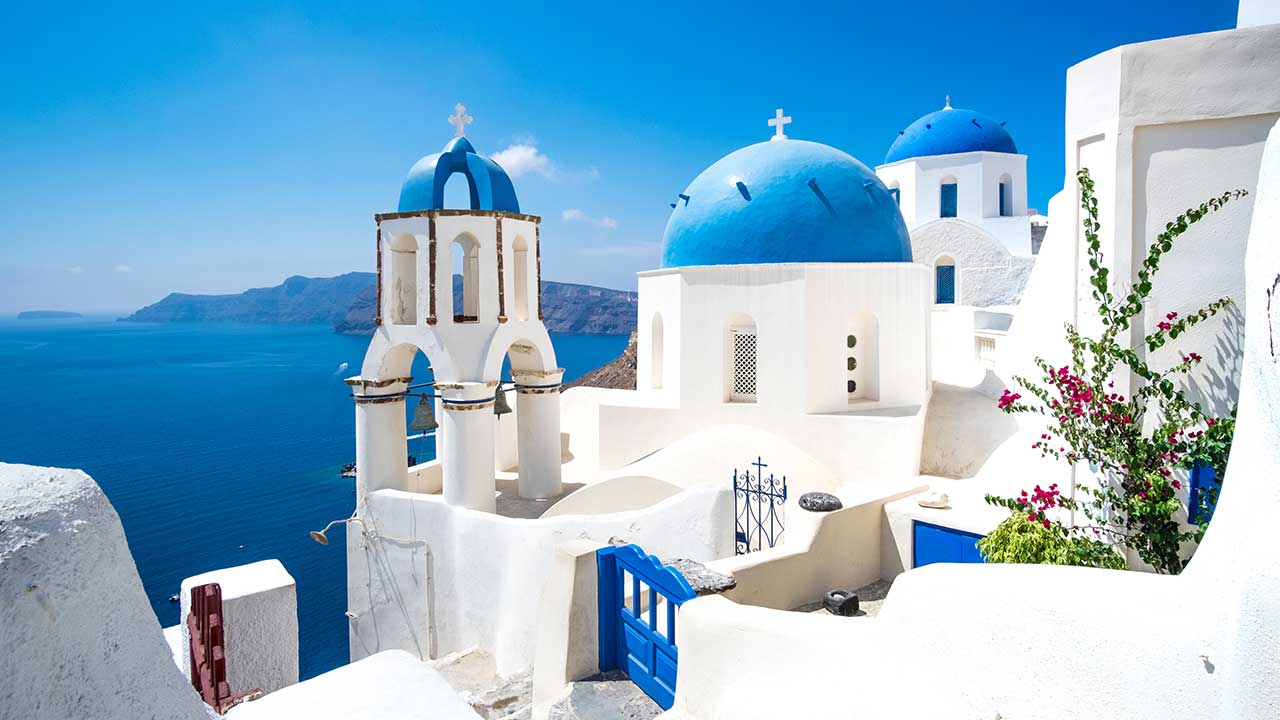
Santorini, officially named Thira, is the southernmost Greek island that is within the Cyclades archipelago, in the southern Aegean Sea. Part of the regional unit Thira, the municipality of Santorini is comprised of the island Santorini, Therasia, and other uninhabited islands of Christiana, Palaia Kameni, Aspronisi, and Nea Kameni. The geological history of Santorini is quite complex due to the area’s volcanism and is currently a water-filled caldera: a rectangular lagoon that is surrounded by three steep cliffs. The name Santorini is a contraction of the name Santa Irini, which is based on an ancient cathedral found in the island’s village of Perissa. This name was given by the Latin Empire in the 13th Century. During the Ottoman Empire, Santorini was called “Santurin” or “Santoron”, and in early times, it was named Kalliste, Strongyle, and Thera. Santorini is the site of the Minoan Eruption (also known as the Thera Eruption), one of the largest eruptions ever in recorded history. The origins of Plato’s story of Atlantis is believed to have a connection to this eruption that destroyed the early settlements on what was formerly a single island. The descriptions found of Plato’s Atlantis strongly resembles Thera, and with seismological, archaeological, and volcanological evidence, these claims are further supported. There is also speculation that the eruption is related to the Exodus of the Israelites, as well as causing the plagues described in the Bible in ancient Egypt. The economy is sustained by two principal industries: tourism and agriculture, and has recently been voted as one of the world’s most beautiful islands in various outlets such as the Traveler’s Choice Awards in 2015. The wine industry in Santorini is becoming more relevant as well, made up of Assyrtiko, Athiri and Aidani grape varieties, which is best exemplified in Vinsanto (“holy wine”) which contains all three Aegean varietals. Although Santorini is highly arid, it’s unique ecology and climate allows it to grow unique and prized produce, such as cherry tomatoes, Lathyrus clymenum (a legume), and capers. Thus, tourists indulge in local specialties such as Brantada, Fava, and the traditional dish Santorinio Sfougato.
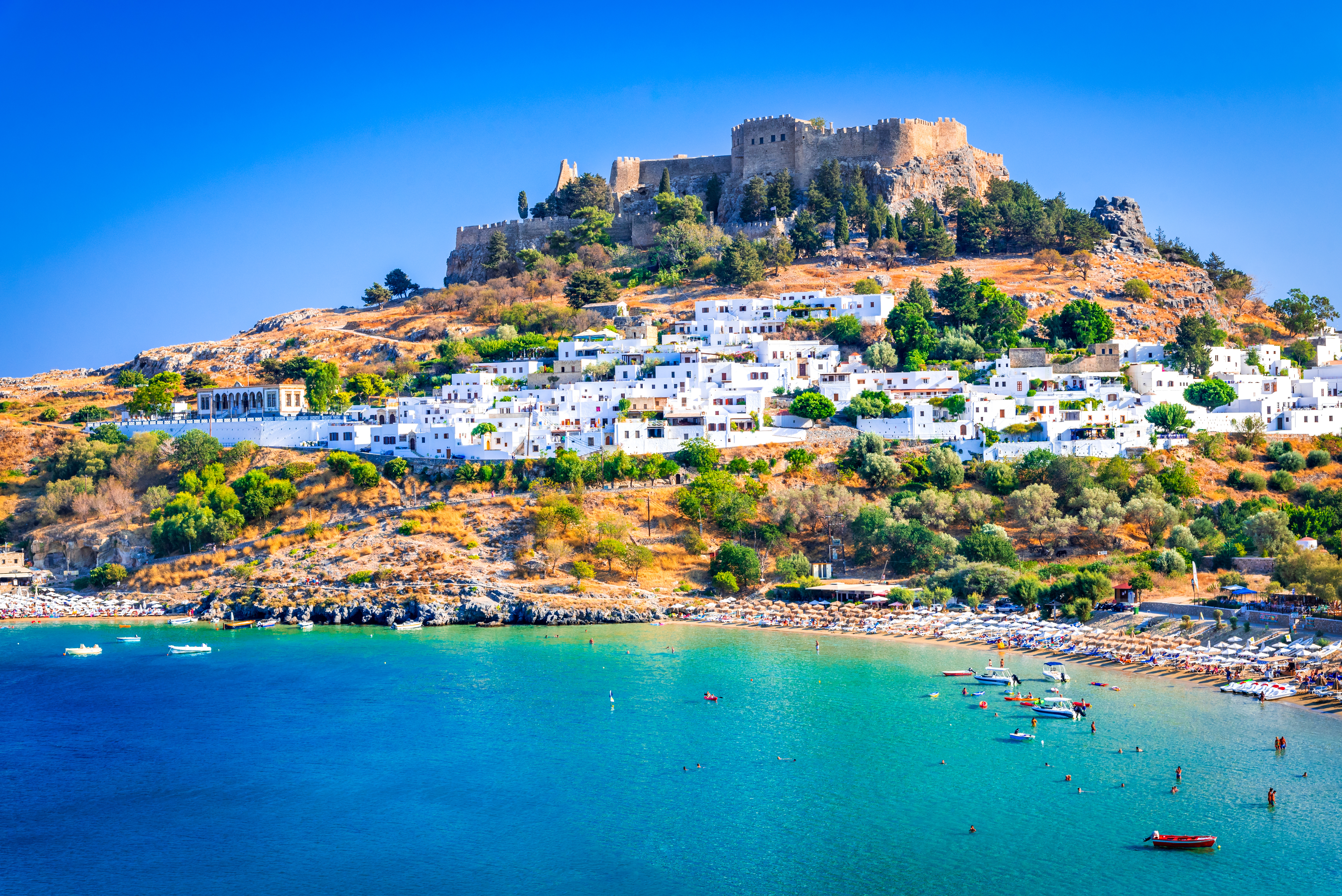
The Old City of Rhodes has been delegated a World Heritage Site. Some speculate that after the Acropolis of Athens and the Volcano of Santorini, Rhodes is one of the most impressive places in Greece. Wandering through the medieval city, especially on a warm evening, is one of life's treasures. The old city is closed to most traffic. The main streets and thoroughfares are full of shops and restaurants but the back streets are mostly residences. The massive walls of the city were rebuilt by the European order of Knights Hospitaller after the Turkish siege of 1480. The walls are 12 meters thick and the moat more than 21 meters wide. The length of the walls is about three miles and each section was defended by one of the Langues or tongues which corresponded to the languages spoken where the particular group of knights came from. SeaDream will dock close to the entrance of the walled city. We recommend you explore the old town and if you haven’t already done so, visit the Lindos Acropolis.
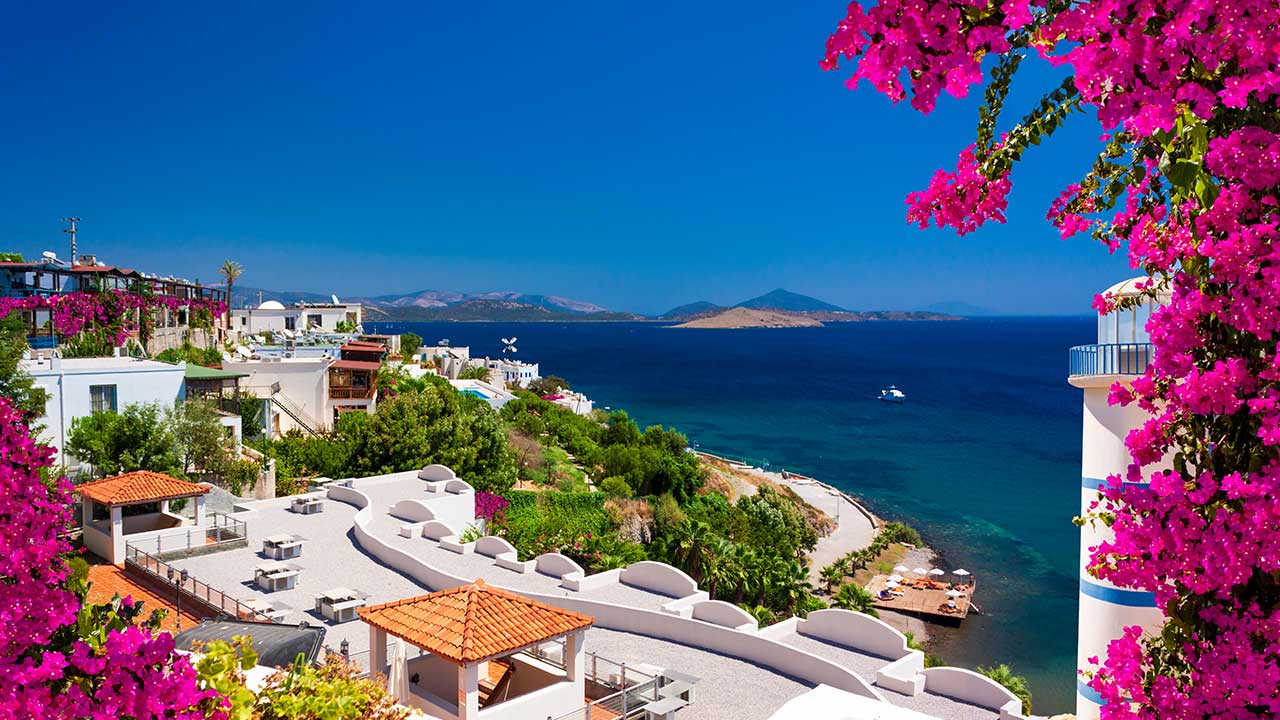
Bodrum, once a tiny fishing port, you’ll see why it’s become a vacation paradise; perfect climate, natural beauty, magnificent history and a bustling nightlife. Bodrum is the site of the ancient city of Halikarnassus, the location of the famous Mausoleum of Halikarnassus which is one of the Seven Wonders of the Ancient World. You can venture out to the site as well as the Knight’s Castle on one of the land adventures. Another great option here would be to scuba dive or simply explore this amazing peninsula.
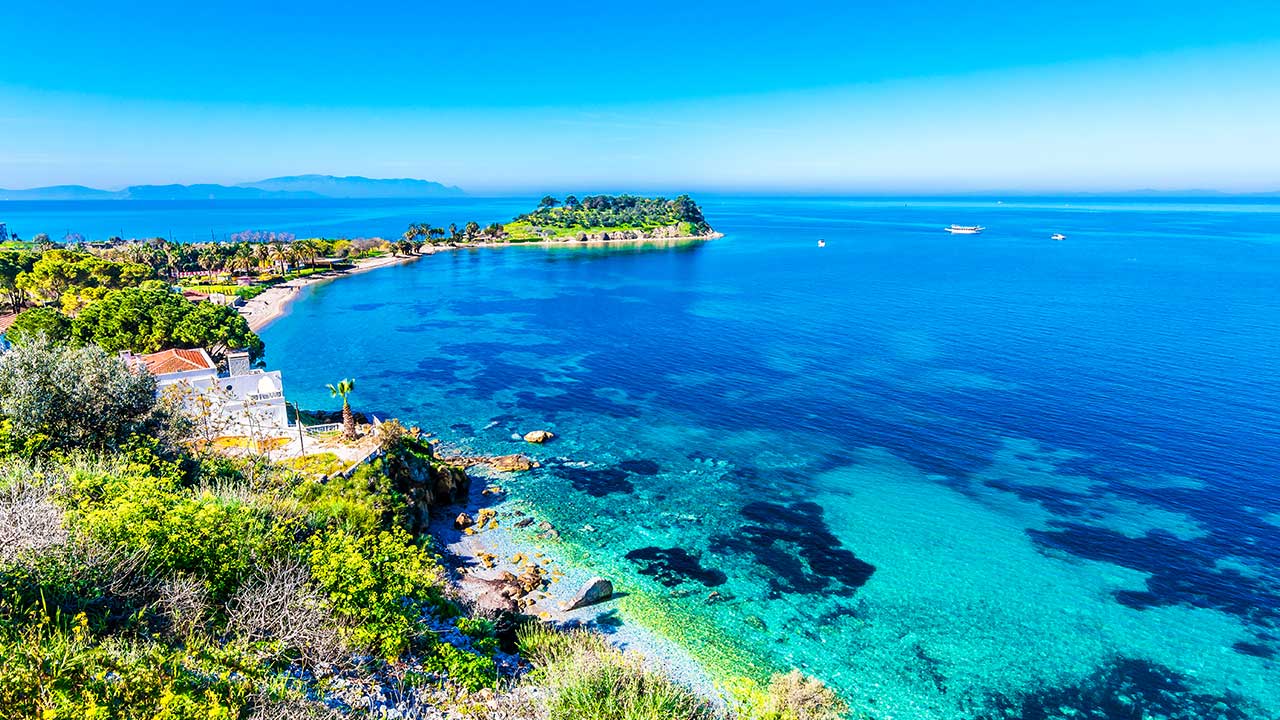
Kusadasi is a beach resort town on Turkey’s Aegean coast and the center of the seaside district of the same name in Aydin Province. The seaside town is also your gateway to the classical ruins at nearby Ephesus, among the world’s best preserved ancient Greco-Roman remains, including its excavated Terrace Houses and House of the Virgin Mary. Kusadasi’s seafront promenade, marina, and harbor are lined with quaint restaurants. Just offshore on Pigeon Island stands a walled thirteenth-century Byzantine castle that once guarded the town. Meet resident wild boars at nearby Dikek National Park, comprised of four secluded beaches, a spectacular coastline, and incomparable views of the Aegean Sea, just one of Turkey’s many protected conservation areas.
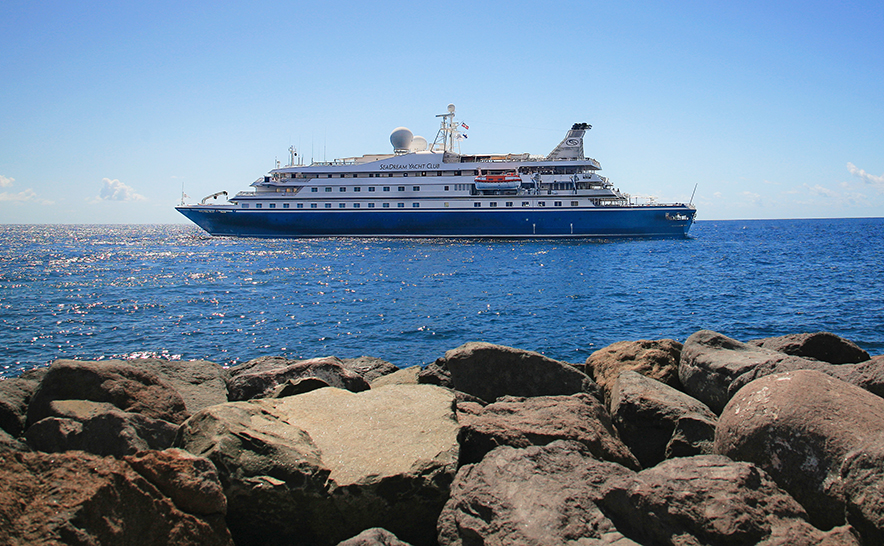
Mytilene is built on the southeast edge of the island of Lesvos. It is also the seat of a metropolitan bishop of the Orthodox church. Mytilini is not a town. It's a city. But it is an amazing little city full of life and surprises and if you are someone with a long history in Greece it may actually remind you of Athens or Piraeus in the fifties. The Island is famous for two products: olive oil and ouzo. Guests can take advantage of these items by participating in the Vrana Olive Press Museum, Village of Plomari & Ouzo Tasting land adventure.
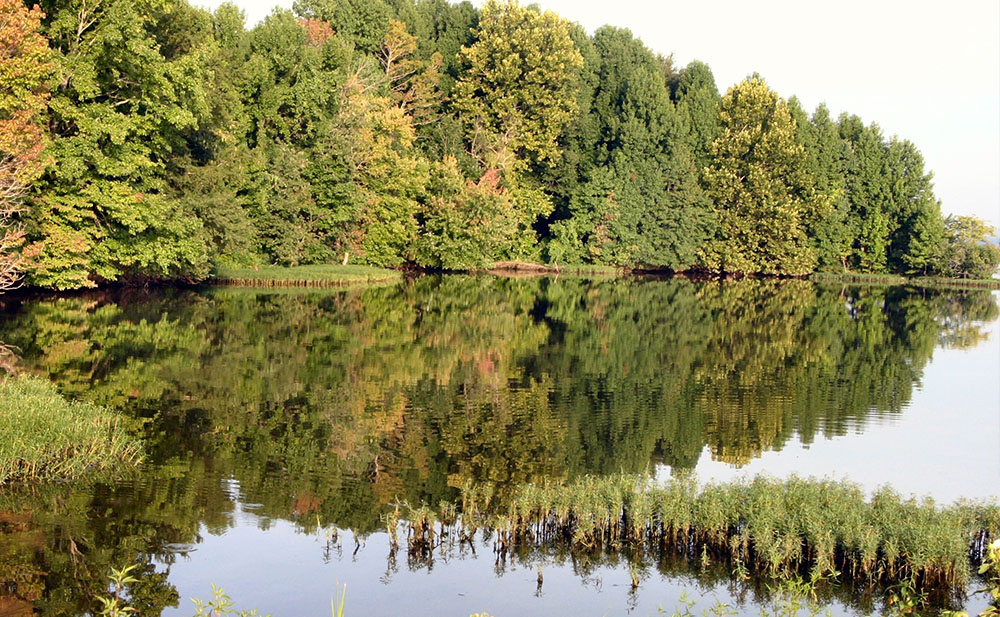
The Dardanelles is a narrow strait in northwestern Turkey connecting the Sea of Marmara with the Aegean Sea. It is one of two extremely important Turkish Straits, along with its counterpart, the Bosporus. The strait is 61 kilometers (38 mi) long but only 1.2 to 6 kilometers (0.75 to 3.73 mi) wide, averaging 55 meters (180 ft.) deep. The current flows in both directions along the waterway, from the Sea of Marmara to the Aegean via a surface current and in the opposite direction via an undercurrent. This passageway separates Europe (the Gallipoli peninsula) from the mainland of Asia (Anatolia). The strait is an international waterway, and together with the Bosporus, the Dardanelles connects the Black Sea to the Mediterranean Sea.
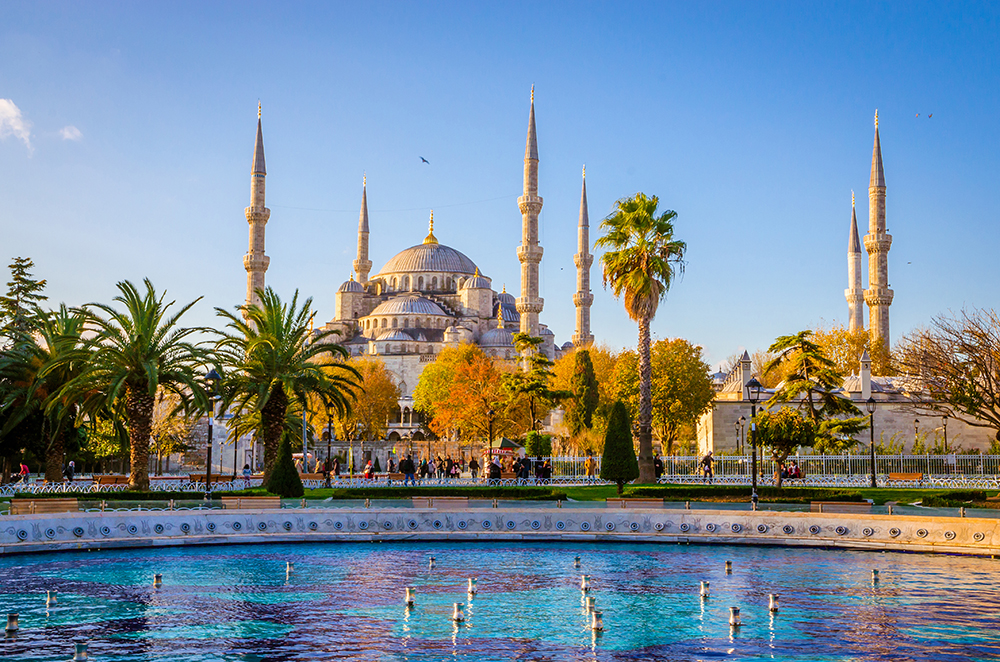
A transcontinental city straddling the Bosporus, one of the world's oldest waterways in northwestern Turkey, Istanbul has often been described as the destination where “East Meets West.” Its nickname comes from its most defining feature, the Bosporus Strait, which divides the European and Asian sides of the city, revealing a vibrant meld of cultures, architectural styles, and cuisine. Selected as a European Capital of Culture for 2010, Istanbul is home to some of the world’s most famous mosques, churches, and palaces, as well as being an important city during the Latin, Byzantine, and Ottoman Empires.
Suites & Staterooms
*Single Supplement for this voyage is 200% for Yacht Club Deck 2, 3 and 4. For Commodore, Admiral and Owners Suite, a 200% single supplement rate applies.
Government, Port, Document Issuance, Handling & Service fees: $502 per guest (included)
Please Note: Fares are capacity controlled and may change without notice. The fares are per person based on double occupancy. Single and third person rates are also available. SeaDream Yacht Club strongly recommends that all guests purchase travel insurance.
Yachting Land Adventures & Activities
Please check back soon for updates.
Testimonials
Everything from service to cuisine was first class. It is truly an experience we will never forget-we will return to take another voyage with you. Jerry & Catherine A.Ohio
You are organizing great trips and you have excellent service. I think I will use your services more in future. Albert R.Illinois

